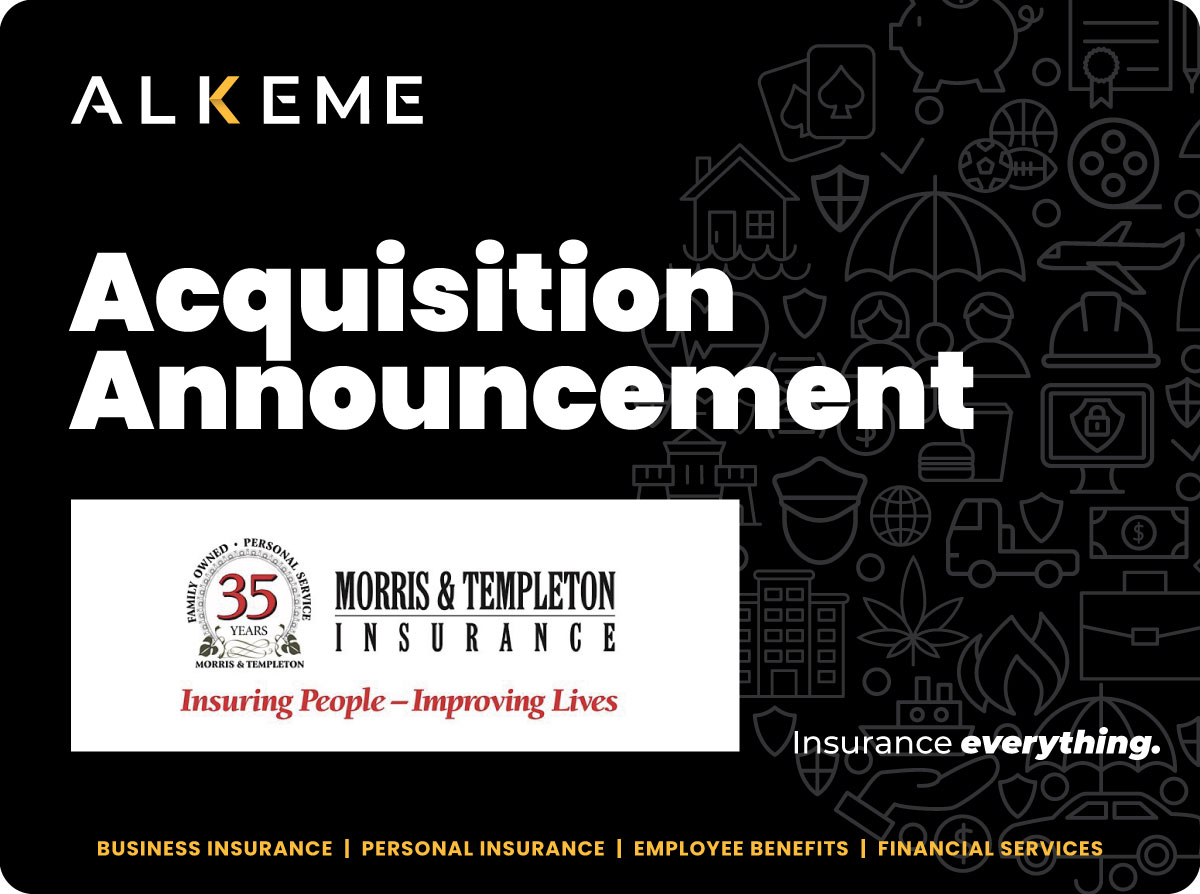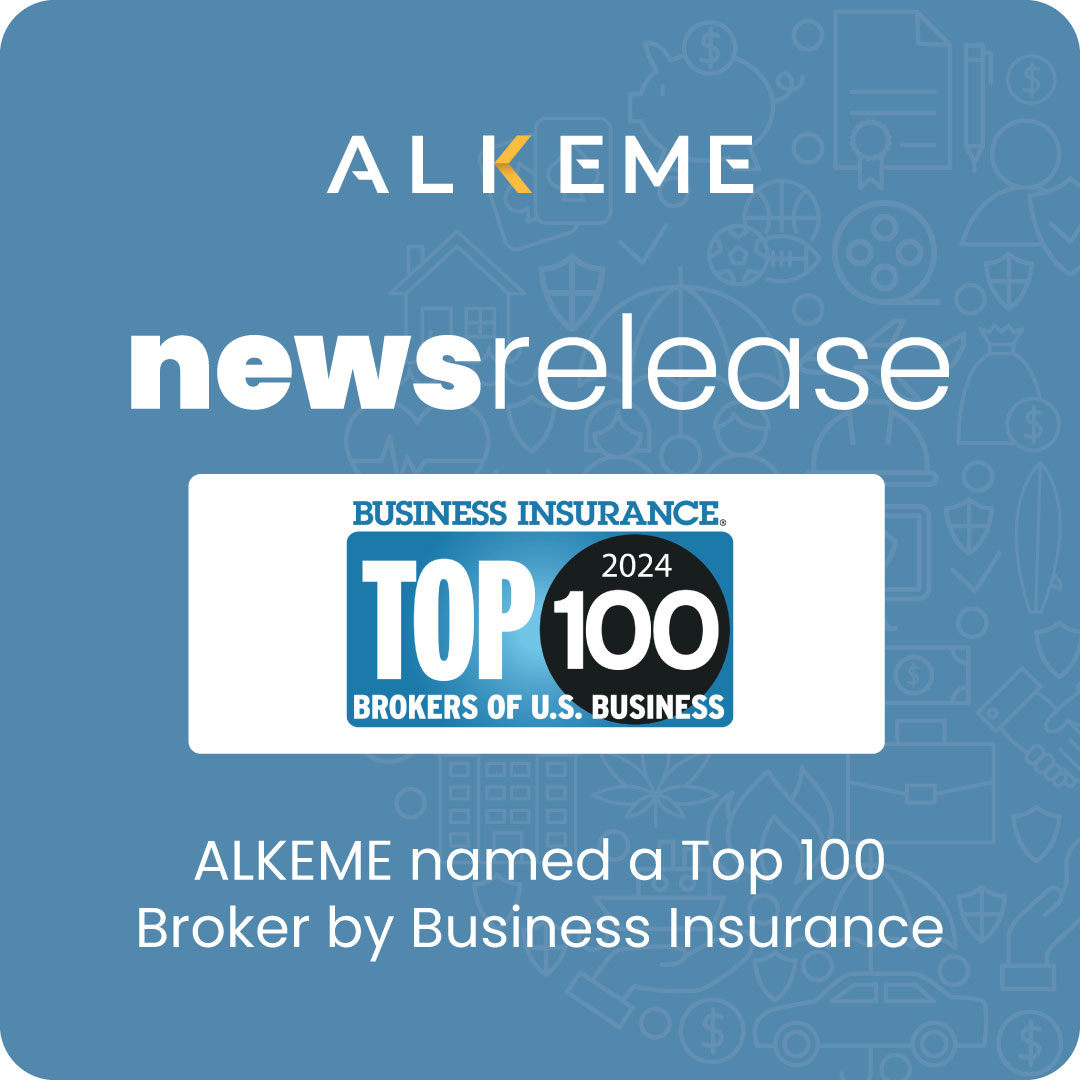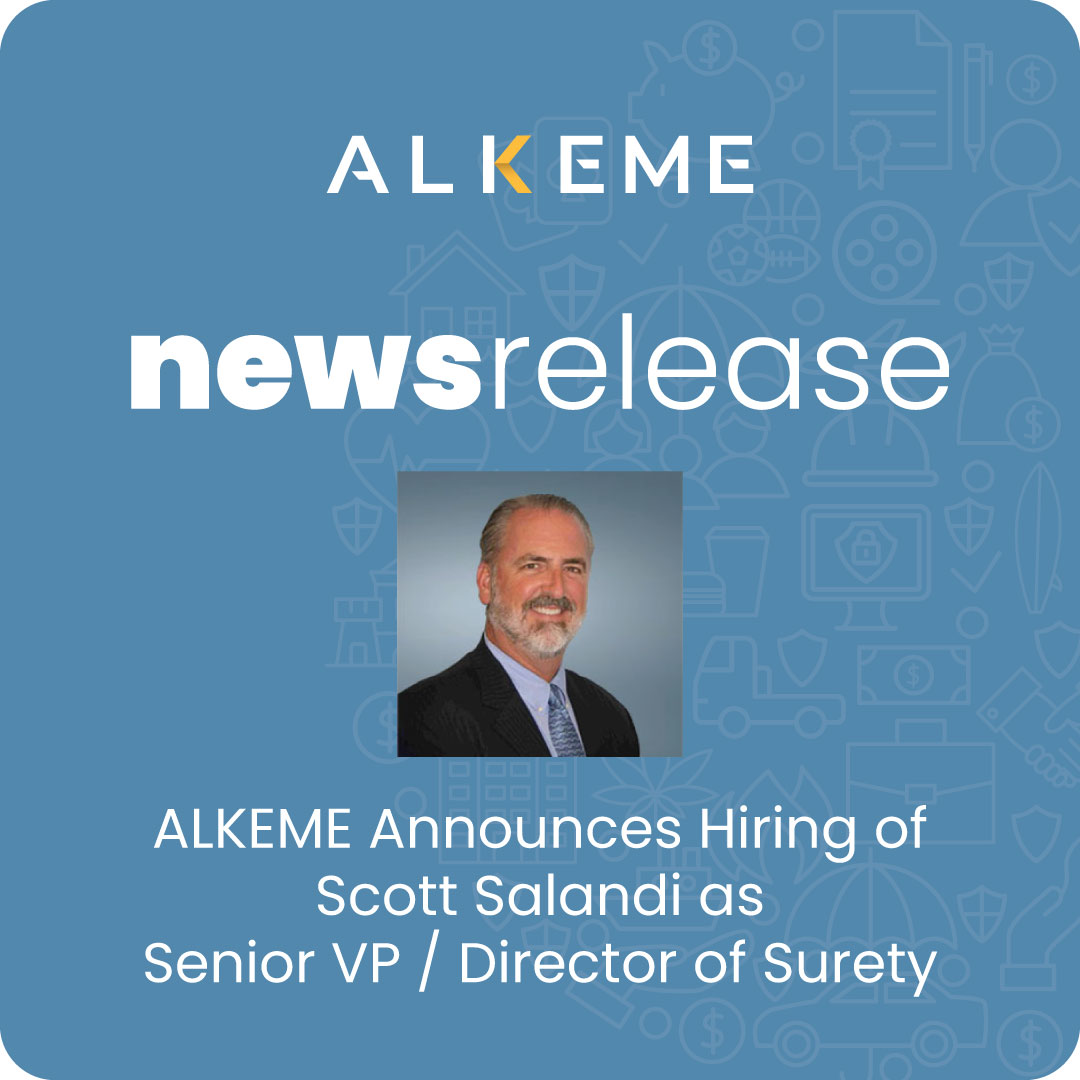Equipment breakdown insurance, also known as machinery breakdown insurance or boiler and machinery insurance, is a specialized type of insurance coverage designed to protect businesses against financial losses resulting from the sudden and accidental breakdown of equipment and machinery. Unlike standard property insurance, which typically covers damages caused by external perils such as fire or theft, equipment breakdown insurance specifically addresses the risks associated with mechanical or electrical failures.
Scope of Coverage:
Equipment breakdown insurance provides coverage for a wide range of equipment and machinery commonly used in various industries, including but not limited to:
- Boilers and Pressure Vessels: Coverage for boilers, steam generators, and other pressure vessels used in heating or industrial processes.
- Electrical Systems: Coverage for electrical distribution systems, transformers, switches, and control panels.
- Mechanical Systems: Coverage for mechanical equipment such as pumps, motors, engines, compressors, and conveyors.
- Refrigeration and Air Conditioning Equipment: Coverage for refrigeration units, chillers, HVAC systems, and cooling towers.
- Computer and Office Equipment: Coverage for computers, servers, printers, copiers, and other office equipment.
- Production Machinery: Coverage for specialized production machinery and equipment used in manufacturing processes.
Stand-Alone Policy vs. Add-On Coverage:
Equipment breakdown insurance can be purchased as a stand-alone policy or as an add-on (endorsement) to a commercial property insurance policy. While some businesses may choose to purchase equipment breakdown insurance separately for comprehensive coverage, others may opt to add it to their existing property insurance policy for convenience and cost-effectiveness.
Let’s examine the pros and cons of purchasing equipment breakdown insurance as an add-on to an existing policy versus as a stand-alone policy:
-
Pros of Purchasing Equipment Breakdown Insurance as an Add-On:
- Convenience: Adding equipment breakdown coverage to an existing commercial property insurance policy streamlines the insurance purchasing process. It eliminates the need to manage separate policies and premiums for equipment breakdown and property insurance, simplifying administrative tasks for the insured.
- Cost Savings: In some cases, adding equipment breakdown coverage as an endorsement to an existing policy may result in cost savings compared to purchasing a stand-alone policy. Insurers may offer discounts or reduced premiums for bundled coverage, making it a cost-effective option for businesses.
- Comprehensive Coverage: By integrating equipment breakdown coverage with property insurance, businesses can achieve comprehensive protection for both property damage caused by external perils (e.g., fire, theft) and internal equipment failures. This ensures that all potential sources of property damage are addressed under a single policy.
-
Cons of Purchasing Equipment Breakdown Insurance as an Add-On:
- Policy Limitations: Equipment breakdown coverage added as an endorsement to a property insurance policy may have limitations or restrictions compared to stand-alone policies. These limitations could include coverage exclusions, sublimits, or narrower scope of coverage for certain types of equipment or perils.
- Dependency on Property Insurance: Businesses that rely solely on property insurance with equipment breakdown endorsement may face limitations in coverage during circumstances where property insurance does not apply, such as equipment breakdowns without property damage. This dependency may result in gaps in coverage and leave businesses vulnerable to financial losses.
-
Pros of Purchasing Equipment Breakdown Insurance as a Stand-Alone Policy:
- Customized Coverage: Stand-alone equipment breakdown policies typically offer more flexibility in terms of coverage options and limits. Businesses can customize their coverage to align with their specific needs, choosing comprehensive protection for all equipment types and perils relevant to their operations.
- Broader Scope of Coverage: Stand-alone equipment breakdown policies often provide broader coverage without the limitations or restrictions imposed by endorsements to property insurance. This ensures that businesses receive comprehensive protection for a wide range of equipment breakdowns and associated financial losses.
-
Cons of Purchasing Equipment Breakdown Insurance as a Stand-Alone Policy:
- Increased Administrative Burden: Managing separate policies for equipment breakdown and property insurance requires additional administrative effort and resources. Businesses must track multiple policies, premiums, and renewal dates, potentially leading to administrative complexities and oversight.
- Higher Premium Costs: Stand-alone equipment breakdown policies may come with higher premium costs compared to adding coverage as an endorsement to existing property insurance. Businesses may need to allocate additional budgetary resources to afford stand-alone coverage, particularly for comprehensive protection across all equipment types.
Ultimately, the decision to purchase equipment breakdown insurance as an add-on or a stand-alone policy depends on the unique needs and preferences of the business. Businesses should carefully assess the pros and cons of each option, consider their coverage requirements, and consult with an experienced insurance provider to determine the most suitable approach for mitigating the risks associated with equipment breakdowns.
Factors Considered for Coverage and Cost:
Several factors are considered when determining the coverage and cost of equipment breakdown insurance:
- Type and Age of Equipment: The type, age, and condition of the equipment covered can significantly impact the cost of insurance. Newer equipment with lower risk of breakdown may result in lower premiums, while older equipment or equipment with a history of maintenance issues may result in higher premiums.
- Industry and Usage: The industry in which the business operates and the frequency of equipment usage are important factors. Industries with high-risk equipment or continuous operation, such as manufacturing or food processing, may face higher premiums due to increased exposure to breakdowns.
- Equipment Maintenance and Inspection Practices: Insurers may consider the business’s maintenance and inspection practices when assessing risk. Regular maintenance, inspections, and documentation of equipment upkeep can demonstrate proactive risk management practices and potentially result in lower premiums.
- Location and Environmental Factors: The geographic location of the business and environmental factors such as climate and exposure to hazards (e.g., corrosive environments) can influence the likelihood of equipment breakdowns. Businesses located in areas prone to extreme weather conditions or environmental hazards may face higher premiums.
- Coverage Limits and Deductibles: The coverage limits selected and the deductible amount chosen by the insured can also affect the cost of equipment breakdown insurance. Higher coverage limits and lower deductibles typically result in higher premiums, while lower coverage limits and higher deductibles may reduce premium costs but increase out-of-pocket expenses in the event of a claim.
Overall, equipment breakdown insurance provides valuable protection against unexpected equipment failures and the resulting financial losses. By understanding the scope of coverage, considering the factors affecting coverage and cost, and working with an experienced insurance provider, businesses can effectively mitigate the risks associated with equipment breakdowns and ensure business continuity.
Share this article
Follow us
Latest articles
July 27, 2024
July 27, 2024




